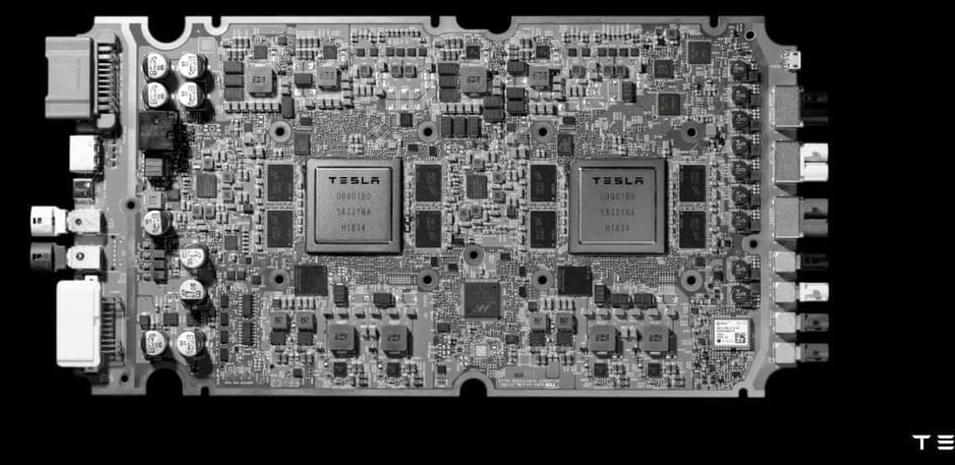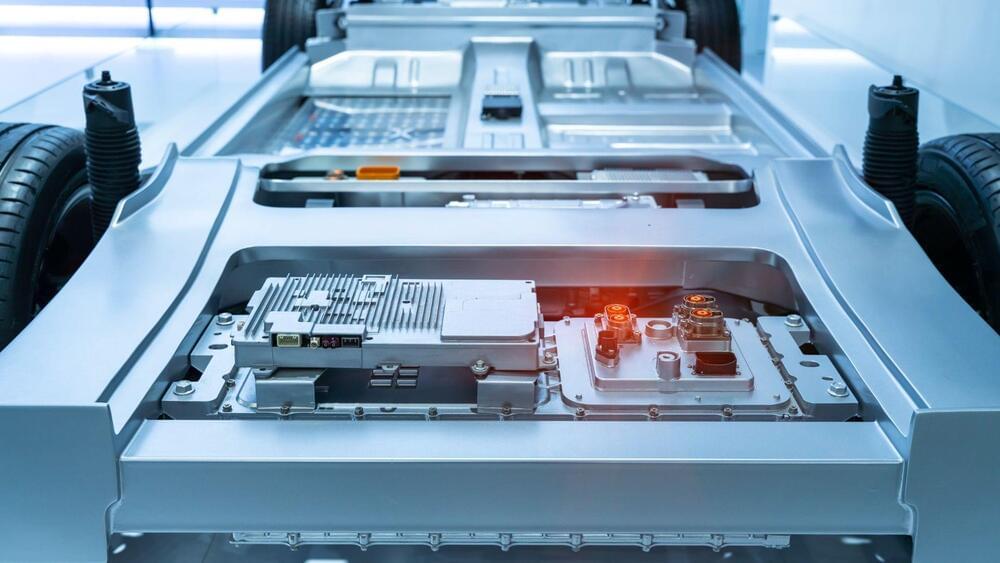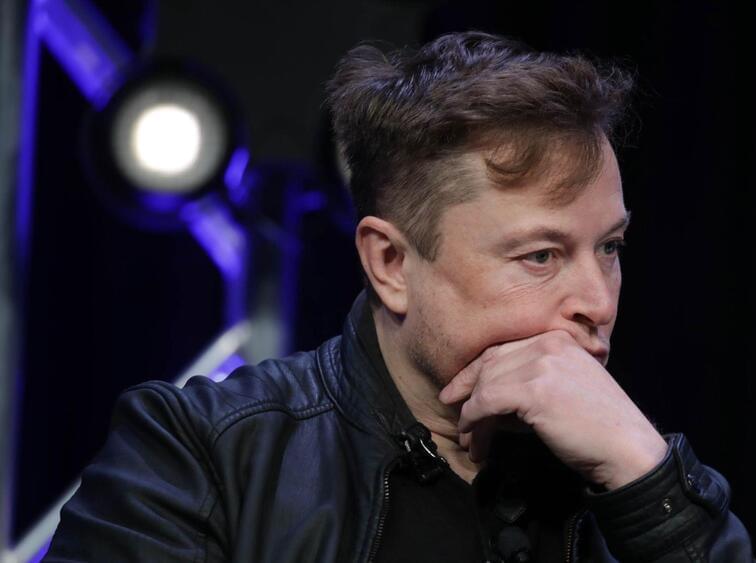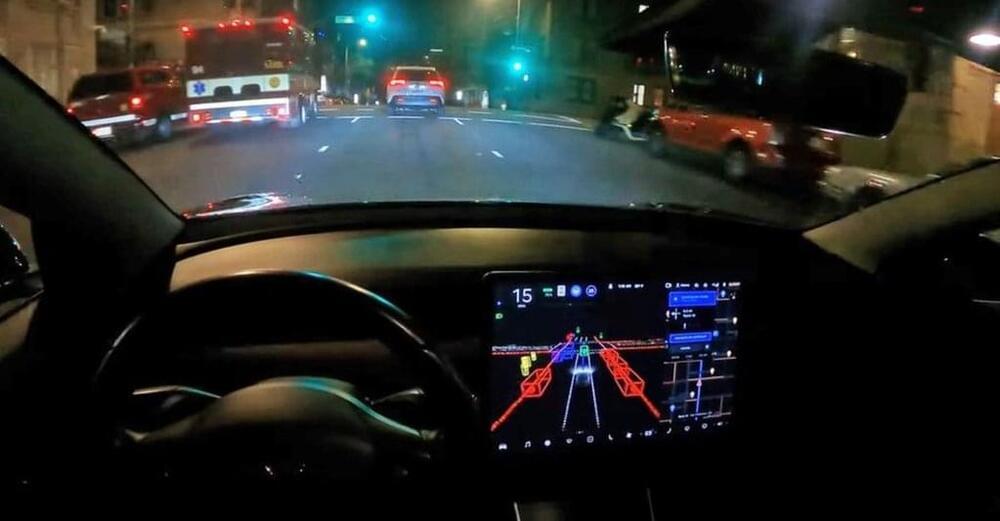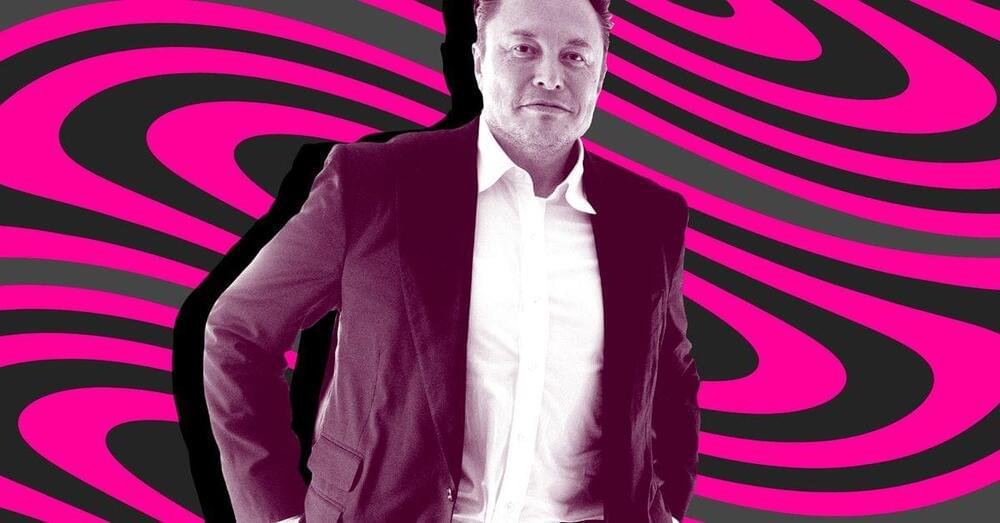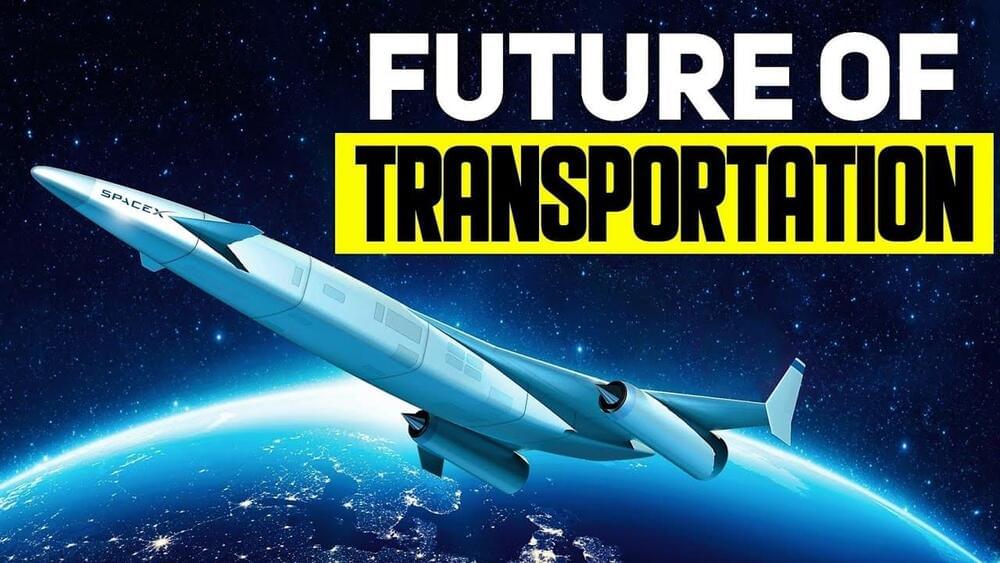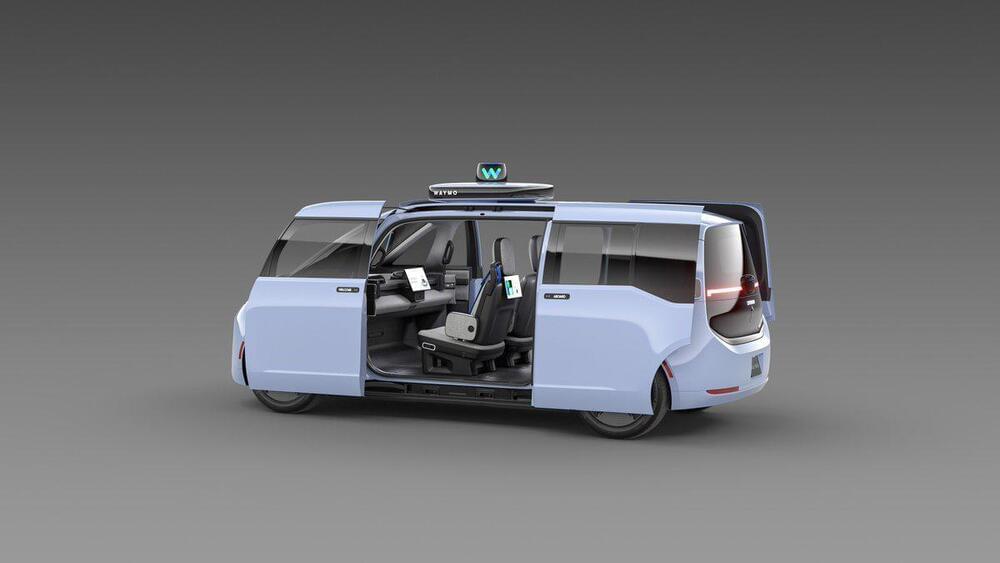Nov 23, 2022
Tesla reportedly places massive order of next-gen self-driving chips with TSMC
Posted by Eric Klien in categories: robotics/AI, transportation
Those who follow Elon closely will notice that he is always trying to save a buck. For example, the AI chips used in current Teslas were made by Samsung instead of TSMC to save money. (TSMC makes the best chips but they are also the most expensive.) Another example of Elon saving money would be the mass layoffs at Twitter.
Well, it looks like Elon is really trying to get Full Self-Driving working and has decided that the next generation of FSD chips will be made by TSMC. He placed an order that is so big that Tesla will be the 7th largest customer of TSMC next year. He is going for 4/5 nm chips compared to the 14 nm chips he is using today.
Tesla has reportedly placed a massive order of chips for its next-gen Full Self-Driving (FSD) computer with Taiwan’s TSMC. The order is so large that it might make Tesla one of TSMC’s biggest customers.
Continue reading “Tesla reportedly places massive order of next-gen self-driving chips with TSMC” »
